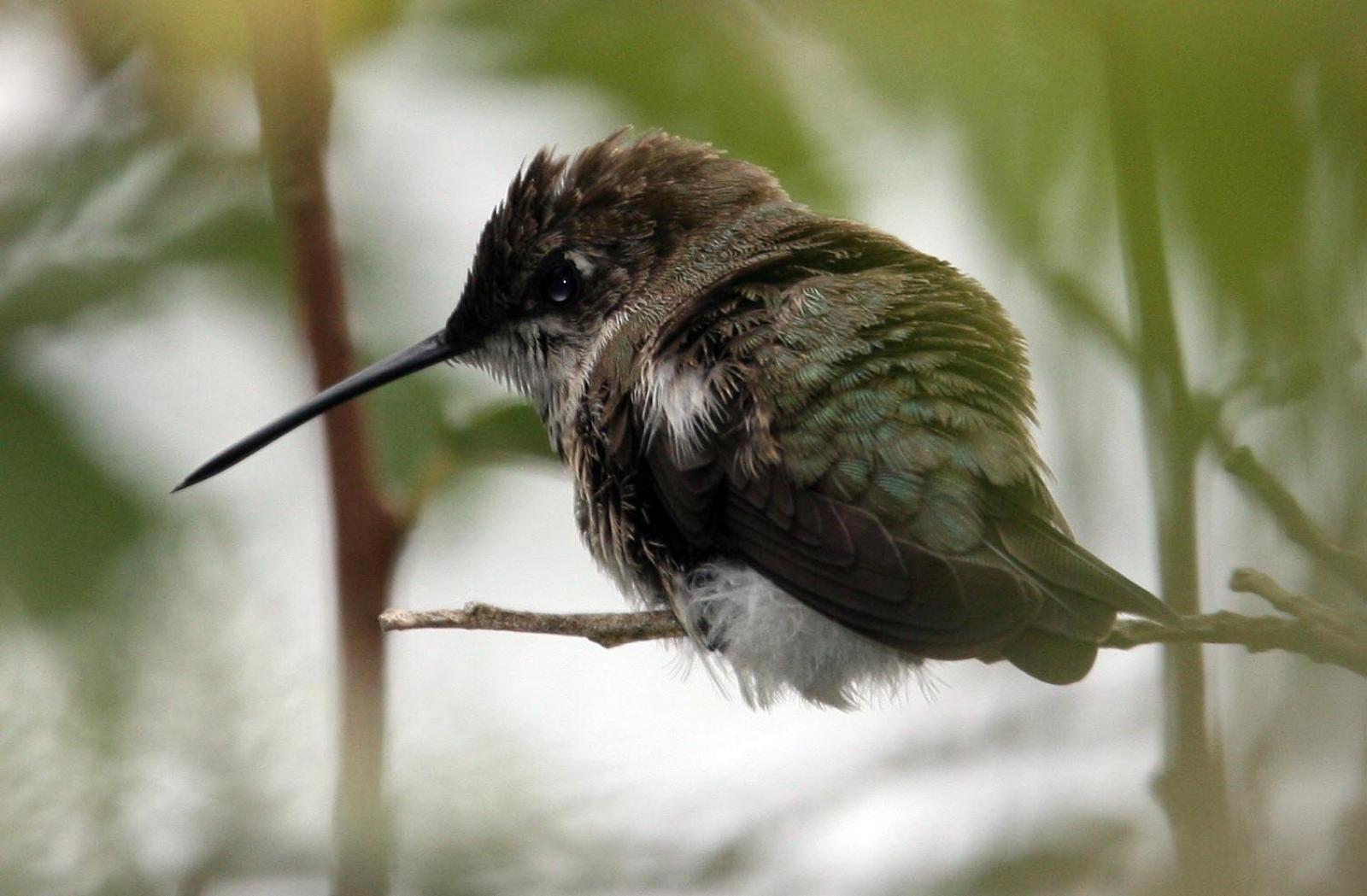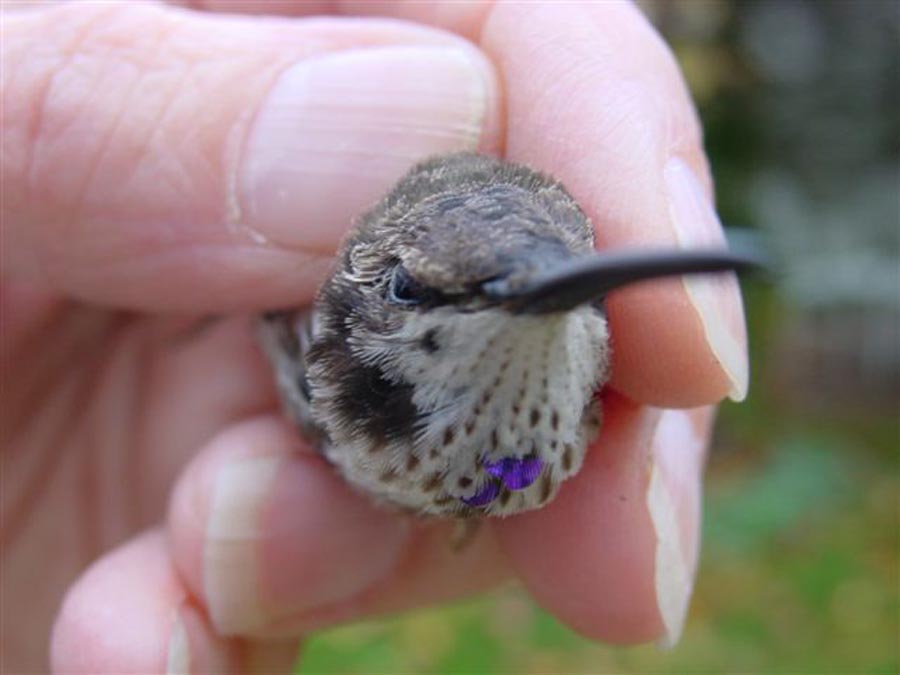A few weeks ago in this column I wrote that other than by contributing photos, I had not ever reported an unusual bird sighting to the Massachusetts Avian Records Committee, the authority for such matters in our state.
That is about to change. Anyone in New England and beyond can claim the Red Sox World Series sweep as their own. This writer claims a rare avian visitor as his own, which, of course, it is not. My feeder, my back yard, my bedroom window, but that’s about it. The bird flew literally thousands of miles outside of its normal range to get here.
Here is the saga.
I woke up pre-dawn on Oct. 23. One of our two hummingbird feeders hangs from an autumn olive just outside the east-facing bedroom windows and I glimpsed the silhouette of a hummer arriving and sipping.
I could not see the visitor in any detail, but I was cautiously excited, because any hummingbird found this time of year has an even chance of not being a ruby-throated, our typical eastern nester and migrant.
Almost two years ago, around Thanksgiving, Marjorie Rogers of West Tisbury hosted a very late fall hummer. A few Island birders went to observe and photograph this bird in the hopes that it would be determined to be either a very late record ruby-throated or, better yet, a western vagrant.
We sent off the photos to people who study hummingbirds. Both the experts and our local birders were either noncommittal or divided as to the species identity.
The reason for the uncertainties is that there is a western counterpart for the ruby-throated hummingbird: the very similar black-chinned hummingbird. First-year birds and adult females of both species are very hard to tell apart. Only the adult males, which sport very bright gorgets (patches of feathers on their throats) are distinctive. Even these must be well-seen in good light.
So what species showed up at my feeder this year? I knew from two years ago what I needed to look for in order to identify which species I was looking at. Then I engaged some experts to help me distinguish between the two species by sending them pertinent photos.
In comparing the two species you can observe and evaluate the following: the length and shape of the bill; the overall color of the head and back plumage; the shape of the tail feathers; the length of the tail relative to the length of the wings with the bird at rest; the pattern and coloration of the feathering of the bird’s face; any distinctive chin or throat feathers; and how much the bird pumps its tail up and down as it hovers.
Aside from the gorget colors of the male birds, all of these comparison features can be variable or overlapping to the extent that any one feature is not enough to assure a correct identification. Unfortunately, even if you compare all of those features the sum of the parts may not be definitive enough to make the call.
There is one other comparison feature which in my opinion can actually be used to separate ruby-throated from black-chinned: the overall shape of the folded wing and in particular the shape of the longest flight feathers and, even more particularly, the shape of the end of the last (and longest) primary.
In the ruby-throated the folded wing tapers to a point and the longest primary feather itself is relatively pointed. In the black-chinned the sides of the folded wing are either parallel to each other or they bulge slightly toward the outer end; and the last primary tips are rounded, as the whole wing tip curves upward. The look is referred to as clublike, rather than pointed.
The bird that fortuitously arrived at my feeder has the rounded tenth primary tip and a few emergent black and violet gorget feathers. The consensus of the experts I consulted, from Boston to Alabama, is that these features make our Vineyard bird a black-chinned, which should turn out to be the third record for the state.
The first recorded was found in a Cohasset greenhouse back in November 1979. The second official sighting was last August. That bird came to Sue Finnegan’s feeders in Brewster. She happens to be a trained and licensed hummingbird trapper and bander. What luck, for all concerned. She came over to measure and band the West Tisbury bird last weekend.
Our black-chinned bird weighed in at four grams. Sue measured and photographed the wing length and the tail length. She also looked at tiny striations on the bill through a loupe to determine approximate age. Then she used a straw in her mouth to gently blow back the breast feathers to assess how much fat (flying fuel) the bird had stored beneath its skin.
By the way, during the breeding season you could expect to find a black-chinned as far north as Washington state, but only as far east as central Texas. This was all such a thrill.
My unsolicited advice is to keep clean and fresh hummingbird feeders up late in the fall and to pay a lot of attention to any hummer that shows up after the middle of September.





Comments
Comment policy »